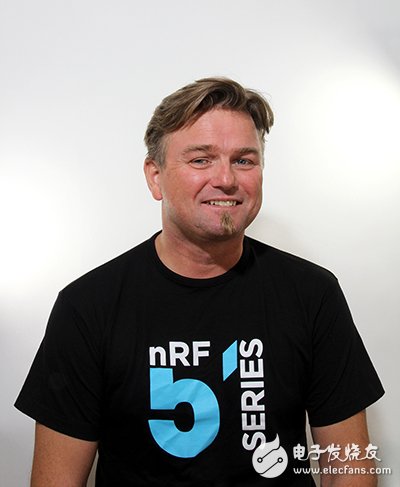Thanks to the contribution of the electronics industry, today's medical devices are evolving in the direction of miniaturization and intelligence. As a representative product of this trend, wearable medical devices have demonstrated unprecedented technological advantages and market potential. The market for wearable technology in the healthcare sector is forecast to exceed $2.9 billion in 2016, accounting for at least half of all sales of wearable technology products. In the integration with wireless technology, wearable medical care is at the forefront of the entire medical field.
Compared to traditional wireless connections, low-power wireless technology is clearly more suitable for use on wearable medical devices. Bluetooth BLE technology, designed to operate under low-capacity batteries that are typically powered by compact sensors, is an ultra-low-power wireless technology that is particularly well-suited for wearable medical devices. Bluetooth BLE allows wearables to communicate easily and conveniently with the hub, and then the data is passed directly to the health care provider or stored on the "cloud" side for subsequent analysis from any convenient location, providing data management and patient supervision A fairly convenient "channel."
As a well-known manufacturer in the field of wearable medical care, Nordic has unique views and solutions for the application of Bluetooth BLE in wearable medical devices. For this reason, the author interviewed Stale 'Steel' Ytterdal, Director of Sales and Marketing for Asia in Nordic. In the blueprint that Stale describes for us, the future Bluetooth smart device communicates directly with the Internet without the need to use the computing resources of a smartphone or communication hub. Such connectivity allows wearable medical devices to use moderate battery and computing power. Provides impressive features as they link directly to powerful software residing in the cloud.

According to Stale, ULP (ultra-low power) Bluetooth technology is helping to improve the security, ease of use and accelerate the miniaturization of wearable medical devices.
On the product side, Nordic's ULP wireless solution is ideal for wearable medical devices with limited battery size and power. For example, the nRF51 series of Bluetooth Smart and ANT+ System-on-Chip (SoC) combines a powerful 32-bit ARM Cortex-M0 microprocessor on a single chip, plus a multi-protocol 2.4GHz radio and flash memory. The integrated features enable it to meet the needs of miniaturized wearable medical technology.

The nRF51 Series meets the needs of a growing portfolio of integrated wearable design solutions.
In terms of security, the nRF51 series adopts the latest Bluetooth smart wireless technology, including a 128-bit Advanced EncrypTIon Standard (AES) as a standard configuration. Under the regular review and update of the Bluetooth Technology Alliance, the security performance is very good. Great protection.
This article is selected from the Electronic Consumers Network September "Smart Medical Special" Change The World column, please indicate the source!

With the combination of IP68 Led Neon strip and robust aluminum housing , WL series is going to be an inspirational linear lighting fixture cater-designed for extreme exterior enviromental conditions. Unlike those common linear fixtures, WL series can be widely used for garden, landscape, stairs, wall grazing, orientation lighting, window reveal and underground.
Neon led outdoor Waterproof Linear
Tes Lighting Co,.Ltd. , https://www.neonflexlight.com